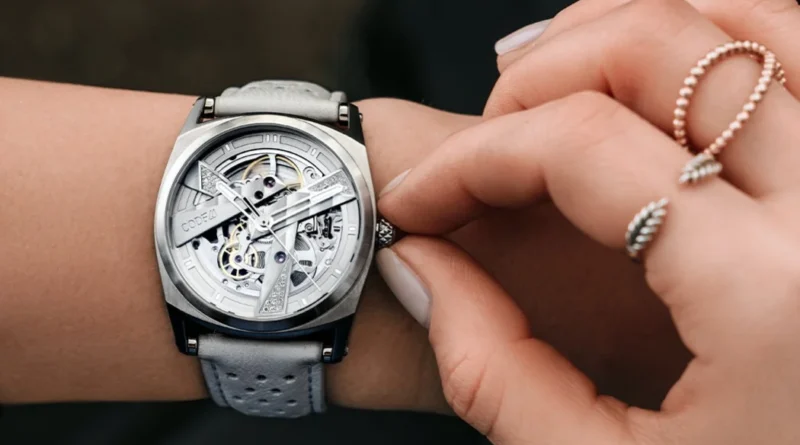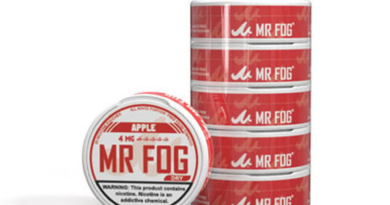The Heart of Horology: Understanding the Key Parts of a Watch
Watches are not just timekeeping instruments; they are intricate pieces of mechanical artistry, where precision and craftsmanship converge. To truly appreciate a watch, it’s essential to understand its key components, each contributing to its functionality and beauty. In this guide, we’ll explore the heart of horology by breaking down the critical parts of a watch.
1. Case
The case is the outer shell of the watch, housing all the internal components. It comes in various shapes, sizes, and materials, such as stainless steel, gold, titanium, or ceramic. The case also includes the crystal, which can be made of sapphire, mineral glass, or acrylic.
2. Dial
The dial is the watch’s face, featuring hour markers, numerals, and hands. It serves as a canvas for design, allowing watchmakers to express their creativity. Dials can range from simple and minimalist to complex and intricate, each contributing to the watch’s aesthetic.
3. Hands
Watch hands indicate the time by pointing to the hour, minute, and sometimes second markers on the dial. They come in various shapes and styles, with luminous coatings for visibility in low light conditions.
4. Movement
The movement, often referred to as the caliber, is the engine that powers the watch. There are two main types of watch movements:
a. Mechanical Movement: This type of movement relies on a mainspring and a series of gears to keep time. Mechanical watches are known for their craftsmanship and precision. They require periodic winding to keep running.
b. Quartz Movement: Quartz watches use a battery to generate electrical pulses, which drive a tiny quartz crystal. The crystal vibrates at a precise frequency, regulating the movement of the watch hands. Quartz watches are known for their accuracy and low maintenance.
5. Crown
The parts of a watch is a small knob on the side of the case that is used to set the time, date, and other functions. It may also be used to wind a mechanical watch. Some crowns are screw-down, enhancing the watch’s water resistance.
6. Bezel
The bezel is the ring that surrounds the dial and crystal. It can serve various functions, such as tracking elapsed time, measuring speed, or as a decorative element. Rotating bezels are commonly found on diving watches.
7. Case Back
The case back is the underside of the watch case. It can be open, revealing the movement, or closed, offering a solid back. Some case backs feature transparent windows to showcase the movement.
8. Lugs and Strap/Bracelet
Lugs are extensions from the case that hold the strap or bracelet. The strap or bracelet is what secures the watch to the wrist. These components come in various materials, including leather, rubber, metal, and fabric.
9. Buckle/Clasp
The buckle or clasp is the fastening mechanism used to secure the strap or bracelet around the wrist. Common types include tang buckles, deployant clasps, and folding clasps.
10. Complications
Complications are additional functions or features beyond basic timekeeping. They can include date displays, chronographs, moon phases, and more. Complications add complexity and functionality to a watch.
11. Hands and Indices
The hands are the pointed markers on the dial that indicate the time. Indices are the hour markers that help in reading the time accurately. Some watches feature numerical hour markers, while others use baton or dot indices.
12. Subdials
Subdials are smaller dials within the main dial that display additional information or functions. Common subdials include chronograph counters, day/date displays, and 24-hour indicators.
Understanding these key parts of a watch allows you to appreciate the craftsmanship and artistry behind these timepieces. Whether you’re a watch enthusiast or simply someone who appreciates fine design and engineering, delving into the heart of horology is a fascinating journey into the world of watches.




